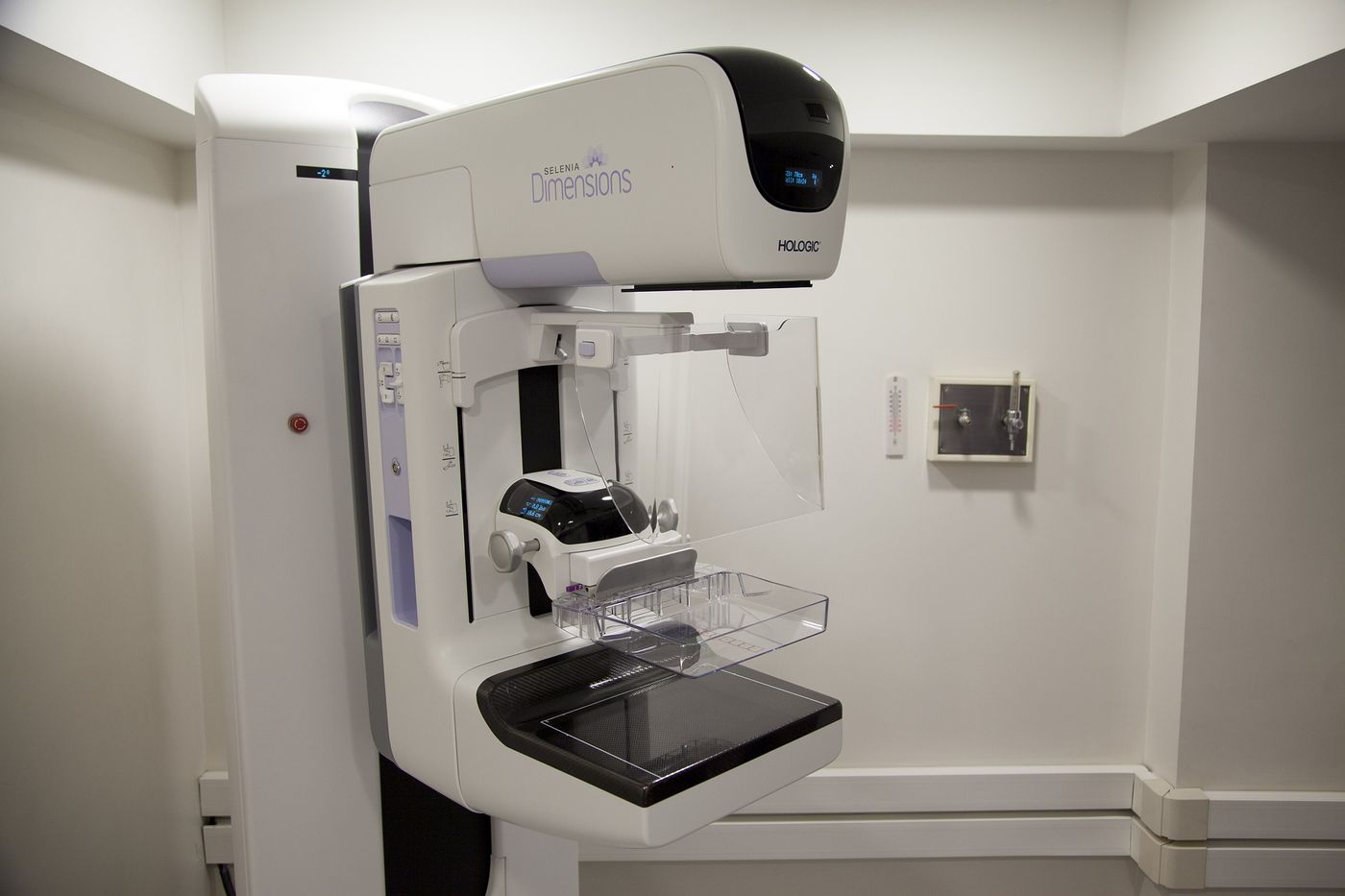Understanding the Link Between Breast Density and Breast Cancer
In 1976, the American Cancer Society began to recommend mammograms, X-ray images of the breast, as a tool to diagnose breast cancer. It took some time for healthcare systems to obtain new equipment and for healthcare workers to receive adequate training. However, the trajectory of accessibility to mammograms in the United States has rapidly increased over the past half a century. Current estimates indicate that almost 70% of women over 40 have had a mammogram in the past two years.
Mammograms provide doctors with information characterizing the density of breast tissue. A human breast has three types of tissue: fibrous, glandular, and fatty. The fibrous tissue supports the breast, while the glandular tissue consists of lobes, which make milk, and ducts, which transport milk. The fatty tissue fills in the spaces between fibrous and glandular tissue and determines the size and shape of the breast. Mammography calculates breast density based on the amount of fibrous and glandular tissue compared to the amount of fatty tissue. In brief, the more fat, the less dense the breast tissue.
Reporting of breast density falls into four categories. About 10% of women have breasts containing primarily fatty tissue, and another 10% have breasts containing very little fatty tissue. The 80% of women who fall into the middle categories either have areas of dense tissue scarred throughout the breasts or dense tissue evenly spread throughout the breast area. Compared to women with fatty breasts, women with dense breasts have an increased risk of developing breast cancer.
To understand how women perceive breast density and the risk it carries, a team of researchers conducted a study using telephone surveys and interviews. The researchers recently published their results in the journal JAMA Network Open.
A total of 2,306 women aged 40 to 76 participated in the study. The participants had recently received a mammogram and had no history of breast cancer at enrollment. Demographically, the study population included Asian (9%), Hispanic (14%), Black (27%), and White (43%) participants.
The participants completed a survey asking about their understanding of breast cancer risk. The results revealed that about half the participants thought breast density was a greater risk than not having children, having more than one alcoholic drink per day, or having a prior breast biopsy. Most (93%) women surveyed thought breast density was a lesser risk than obesity.
Researchers interviewed 61 women who indicated they had been informed about breast density after undergoing a mammogram. Only 10% of these women understood breast density as a factor related to breast cancer risk. In comparison, 70% focused on their own breast cancer risk associated with having a family member with breast cancer.
Overall, based on this study representing women of breast cancer screening age, women perceive family history as the primary breast cancer risk factor. Further, even after being informed about breast density, most women did not identify this characteristic as a risk factor. The authors suggest the healthcare community provide more education to ensure women understand both risks associated with and effective methods for preventing breast cancer.
Sources: Radiology Today, JAMA Network Open









